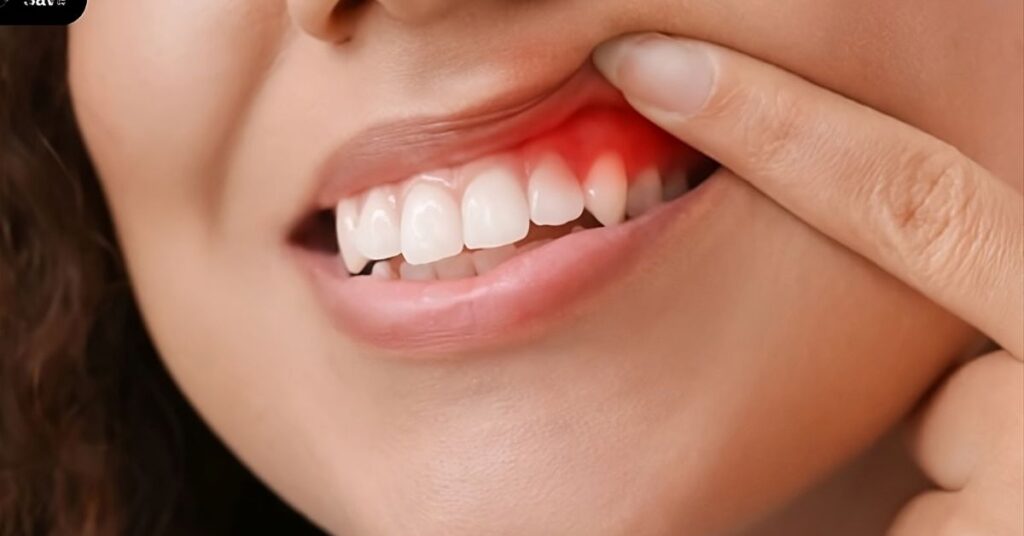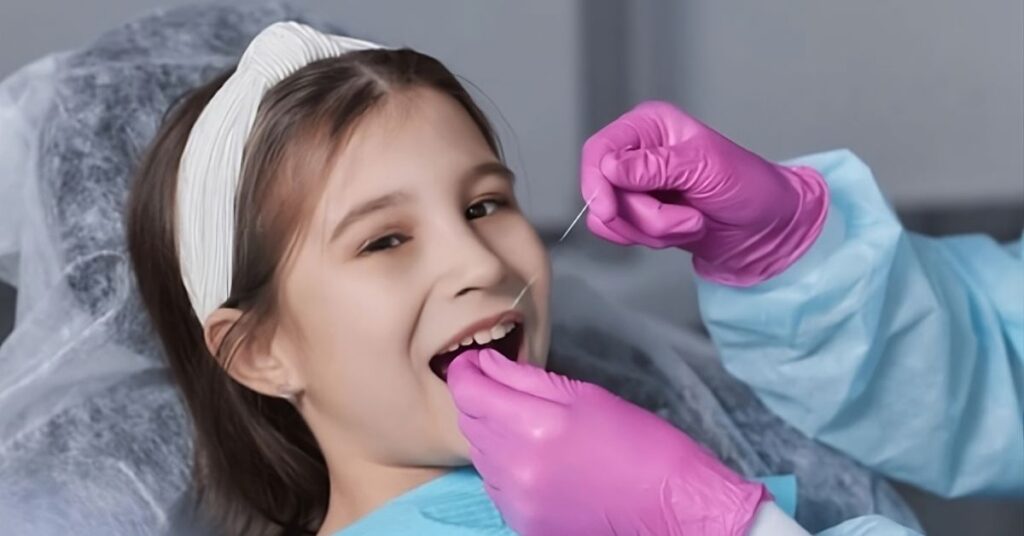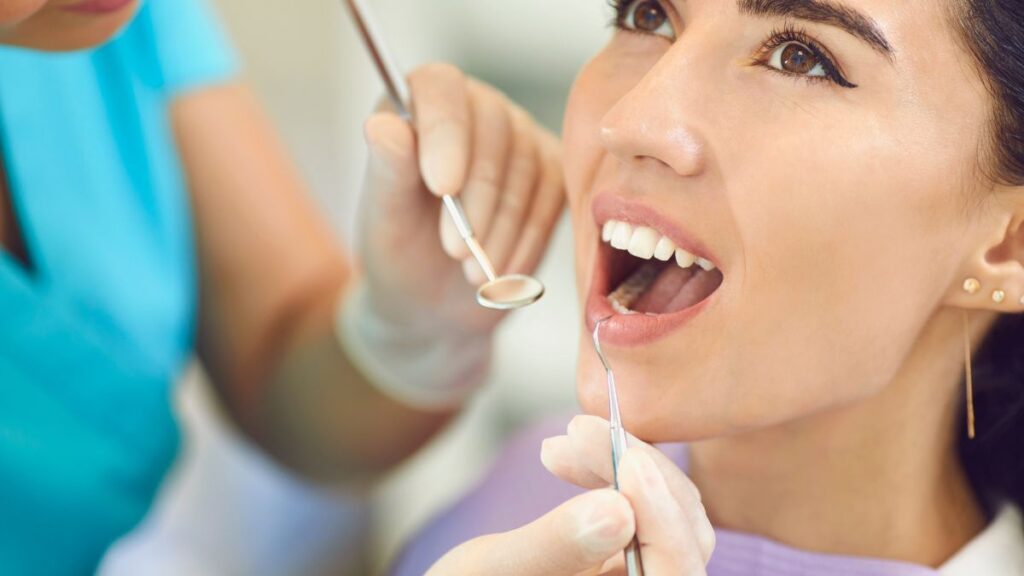
Understanding the Importance of Oral Hygiene
Oral hygiene plays a crucial role in maintaining optimal dental health and overall well-being. Among the essential practices for a healthy mouth, daily flossing stands out as a key component of a comprehensive oral care routine. Flossing complements regular brushing and professional dental cleanings, ensuring the removal of plaque and debris between teeth, where toothbrushes cannot reach. In this chapter, we will delve into the significance of oral hygiene and highlight the vital role that daily floss plays in promoting dental health.
The Science Behind Flossing
To truly appreciate the value of flossing, it is essential to understand the science behind this simple yet effective practice. Flossing involves using a thin piece of string, known as dental floss, to clean the spaces between teeth and along the gumline. This process helps remove plaque and food particles that can accumulate in these hard-to-reach areas. By doing so, flossing not only prevents cavities but also reduces the risk of gum disease, a common oral health concern. Throughout this chapter, we will explore the mechanics of floss and its impact on gum health and cavity prevention.
The Benefits of Daily Floss
Removing Plaque and Food Particles
One of the primary benefits of daily floss is its ability to remove plaque and food particles from between teeth. When left undisturbed, plaque can harden into tartar, leading to gum inflammation and potential oral health issues. Flossing disrupts this process, preventing the formation of tartar and supporting a clean and healthy mouth. We will delve into the specifics of how floss reaches these tight spaces and contributes to better oral hygiene.
Preventing Gum Disease

Cavity Prevention
Cavities, or dental caries, are another common oral health issue that can be prevented through daily flossing. By removing food particles and plaque between teeth, flossing helps minimize the acid-producing bacteria responsible for tooth decay. Furthermore, flossing aids in protecting tooth enamel, the outer layer of teeth, from erosion caused by acids. We will explore how this simple practice contributes to cavity prevention and overall dental health.
Types of Dental Floss and Choosing the Right One
Traditional Dental Floss
Traditional dental flossing is a tried-and-true method for that involves using a thin, flexible strand of floss. Available in various flavors and thicknesses, traditional floss allows for thorough cleaning between teeth and along the gumline. We will discuss the benefits of waxed and unwaxed floss and provide insights into selecting the right type for individual preferences and needs.
Dental Floss Picks
Dental floss picks are a convenient alternative to traditional floss, especially for individuals who find handling floss challenging. These small, plastic tools have a floss strand on one end and a pick on the other, making floss more accessible and portable. We will explore the advantages of dental floss picks and discuss situations where they can be an ideal choice for floss.
Water Flossers

Incorporating Flossing into Your Daily Routine
Proper Flossing Techniques
To maximize the benefits of flossing, it is essential to employ proper floss techniques. We will provide a step-by-step guide to effective floss, emphasizing the gentle and thorough removal of plaque and debris
Individuals with braces or dental appliances may find floss more challenging. We will address the specific challenges they may face and provide helpful tips and special floss tools to ensure effective cleaning during orthodontic treatment.
For seniors and individuals with limited mobility, floss can present unique difficulties. We will discuss adapted floss techniques and suggest helpful tools and aids to facilitate easier floss. Seeking assistance from caregivers or dental professionals can also contribute to maintaining oral hygiene for those with mobility limitations.
Flossing for Children

Introducing Flossing to Children
Introducing flossing to children at the appropriate age is essential for instilling good oral care habits. We will discuss the recommended timing for introducing floss and provide tips on making floss a fun and engaging activity for kids.
Teaching Proper Floss Techniques
Demonstrating proper floss techniques to children is crucial for their oral health development. We will provide age-appropriate floss techniques and emphasize the importance of gentle instruction and positive reinforcement.
Conclusion
Flossing is an integral part of maintaining excellent oral hygiene and promoting a healthy smile. Its benefits extend beyond preventing cavities and gum disease, as floss contributes to overall dental health and well-being. For expert advice and personalized care, visit Sri Sanjeevini Dental to ensure your oral hygiene is top-notch.


